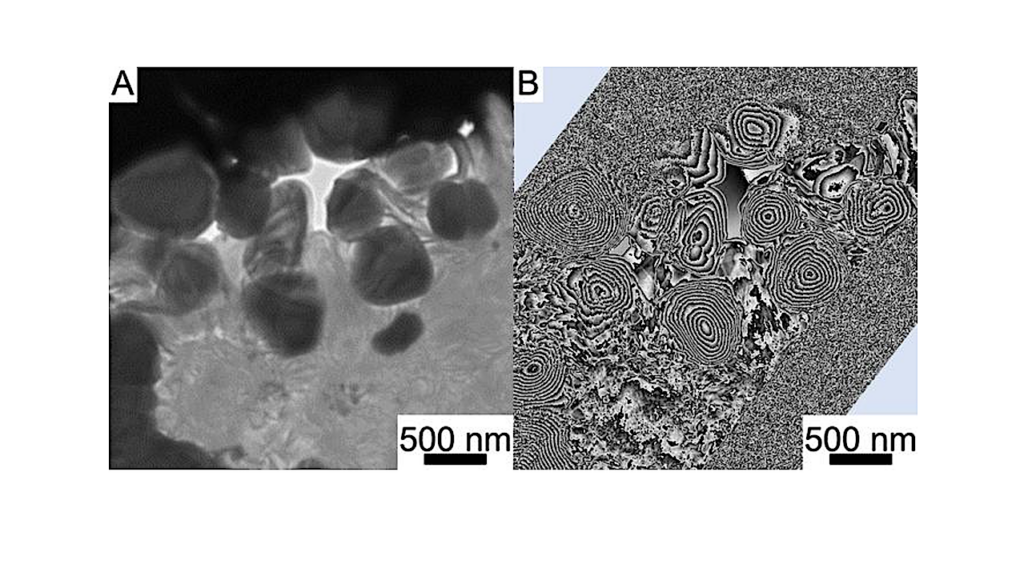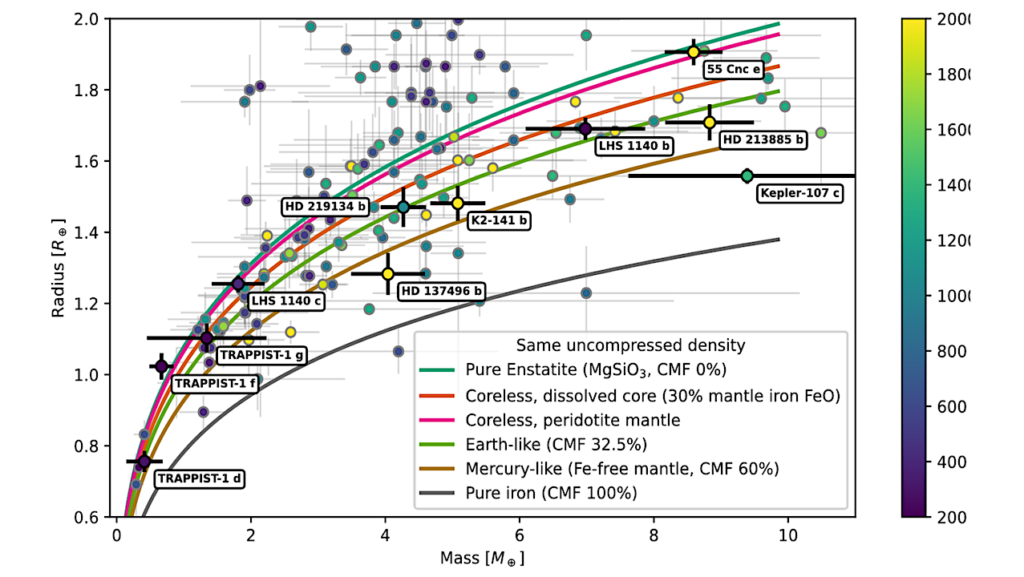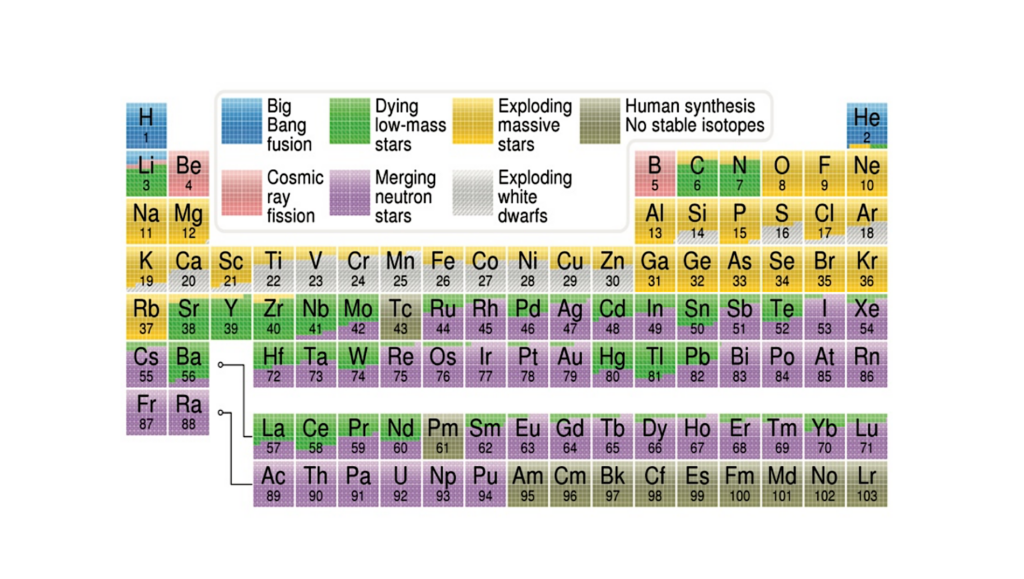Final Stages of Earth, Moon, Mars Formation
A new study in a recent issue of Science from NAI’s NASA Goddard Space Flight Center Team and their colleagues looks at late accretion in the formation of the Earth, Moon, and Mars. Puzzled by the presence of highly siderophile elements (HSUs) in the terrestrial, lunar, and martian mantles, they show that the bombardment by leftover planetesimal populations dominated by massive projectiles can explain these additions. Their inferred size distribution matches those derived from the inner asteroid belt, ancient martian impact basins, and planetary accretion models. The largest late terrestrial impactors, at 2500 to 3000 kilometers in diameter, potentially modified Earth’s obliquity by ~10*, whereas those for the Moon, at ~250 to 300 kilometers, may have delivered water to its mantle. [Source: NAI Newsletter]








